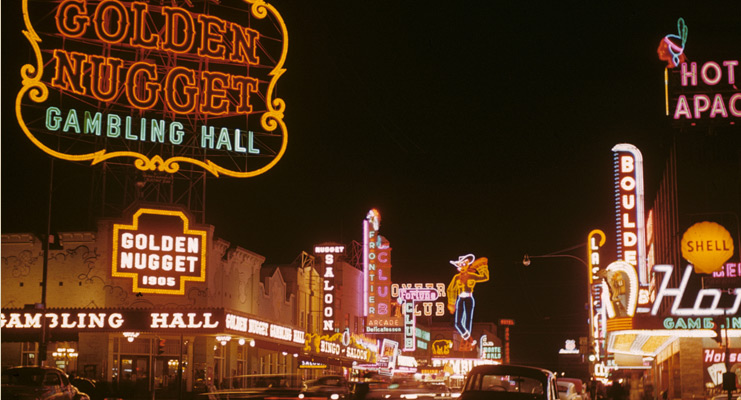The years following World War II were a period of unprecedented growth for Las Vegas. Soldiers returning from the war often made stops in the city on their way home, and many liked what they saw. In 1947, an estimated 35,000 people were living in Las Vegas; by 1955, that number had increased to nearly 200,000. This population boom increased the demand for casino gambling, and Las Vegas soon became known as a gambler’s paradise.
This golden age for casino gambling ended in the late 1960s when America’s attitude towards gambling began to change. Federal legislation passed during this time placed stricter controls on how casinos could operate, which made it more difficult for them to turn a profit.
As a result, many iconic casinos from this era—such as the Flamingo and Caesars Palace—were forced to close their doors.
The New Age for Casino Gambling in Las Vegas
While the 1970s were tough on Las Vegas casinos, the 1980s marked a new era of growth for the industry. Due to deregulation and an influx of tourists from Asia and Europe, casinos began rebounding. This trend continued into the 1990s and 2000s as more mega-resorts were built on The Strip. Today, more than 40 casinos are operating in Las Vegas, generating billions of dollars in revenue each year.
Conclusion
Gambling has long been a part of Las Vegas culture, but it wasn’t always as ubiquitous as today. It all started with one small club that fought to skirt Nevada’s laws against off-track betting. From there, gambling establishments began popping up all over town until Las Vegas carved out its reputation as America’s premier destination for casino gaming. Though times have changed since those early days, one thing remains constant: People love to gamble in Las Vegas.

